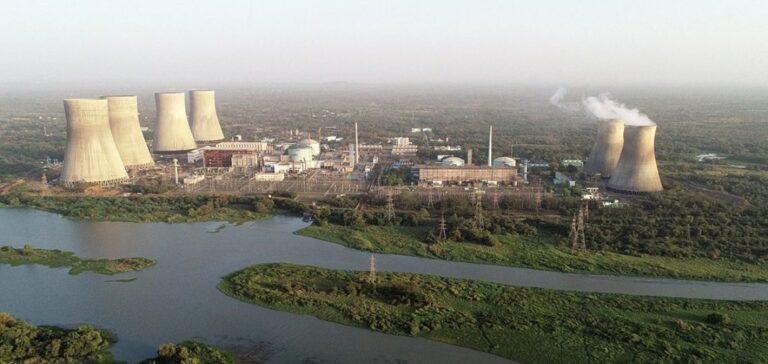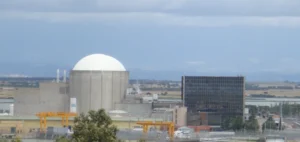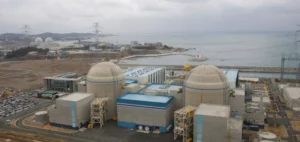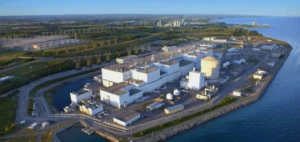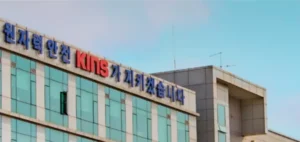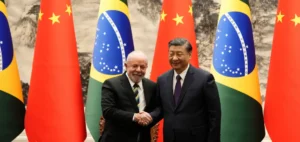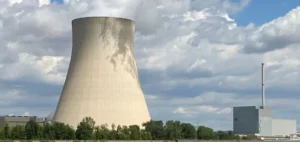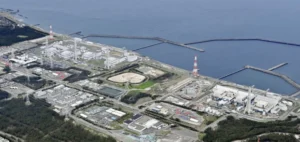“SMR is a promising technology for decarbonizing industry, especially where a reliable and continuous power supply is required. India plans to take steps to develop SMR, in order to meet its commitment to the clean energy transition,” the minister said in a reply to the Lok Sabha – the lower house of India’s parliament – on August 2.
Indian reactors : Roadmap for nuclear power expansion
“Detailed technical discussions are currently underway to establish a roadmap to study the feasibility and effectiveness of deploying these reactors. Increasing nuclear power generation capacity through large-scale reactors is the Ministry’s main objective”, he added.
A report on the role of small modular reactors (SMRs) in the energy transition, published earlier this year by public policy think tank NITI Aayog, concluded that successful deployment of large-scale modular reactor technology must rely on private sector investment. However, although Indian legislation now allows Nuclear Power Corporation of India Ltd (NPCIL) – the state-owned company responsible for the design, construction, commissioning and operation of India’s nuclear thermal power plants – to form joint ventures with other Indian public sector units, this possibility does not extend to private sector companies, nor does it allow foreign direct investment in nuclear power, with the exception of the supply chain.
“The Indian government is exploring opportunities for collaboration with other countries and local development of SMR reactors,” Mr. Singh told the Lok Sabha. “The provisions of the 1962 Atomic Energy Act are currently being reviewed to allow participation by the private sector and start-ups.”
Indian reactors : Budgets and projects for PHWR and foreign reactors
In a separate reply, the Minister also confirmed that the Indian Department of Atomic Energy has been allocated INR 25,078.49 crore (USD 3,006 million – one crore equals 10 million) for 2023-24, which is lower than its allocation of INR 25,965.67 crore in 2022-23. NPCIL proposes to “mobilize” INR 12,863 crore from its internal and external budgetary resources, “mainly through internal resources and borrowings”. No changes have been made to the reactors listed earlier in the year by Mr. Singh as “under construction”, although the Minister noted that one of them – Kakrapar 3 – is now in commercial operation.
In addition to plans to build Indian-designed 700 MWe Pressurized Heavy Water Reactors (PHWRs) in “fleet mode”, Indian plans also call for the construction of large reactors from foreign suppliers, including new Russian-designed VVER reactors in addition to those already in service and under construction. These include the AP1000 and EPR reactors, for which negotiations have been underway for several years.


